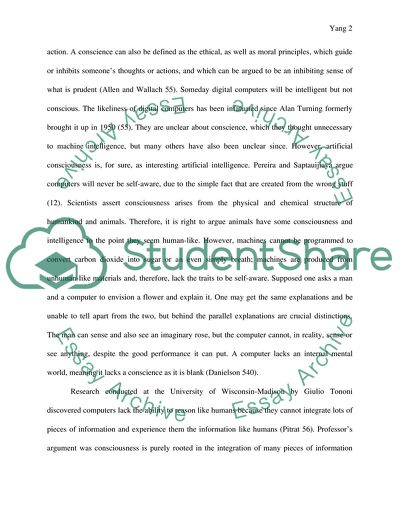Cite this document
(“Can Machine Have a Conscience Essay Example | Topics and Well Written Essays - 3000 words”, n.d.)
Retrieved from https://studentshare.org/miscellaneous/1701774-can-machine-have-a-conscience
Retrieved from https://studentshare.org/miscellaneous/1701774-can-machine-have-a-conscience
(Can Machine Have a Conscience Essay Example | Topics and Well Written Essays - 3000 Words)
https://studentshare.org/miscellaneous/1701774-can-machine-have-a-conscience.
https://studentshare.org/miscellaneous/1701774-can-machine-have-a-conscience.
“Can Machine Have a Conscience Essay Example | Topics and Well Written Essays - 3000 Words”, n.d. https://studentshare.org/miscellaneous/1701774-can-machine-have-a-conscience.


